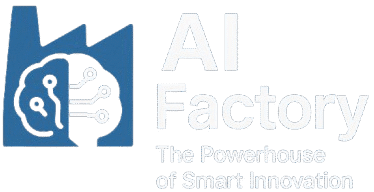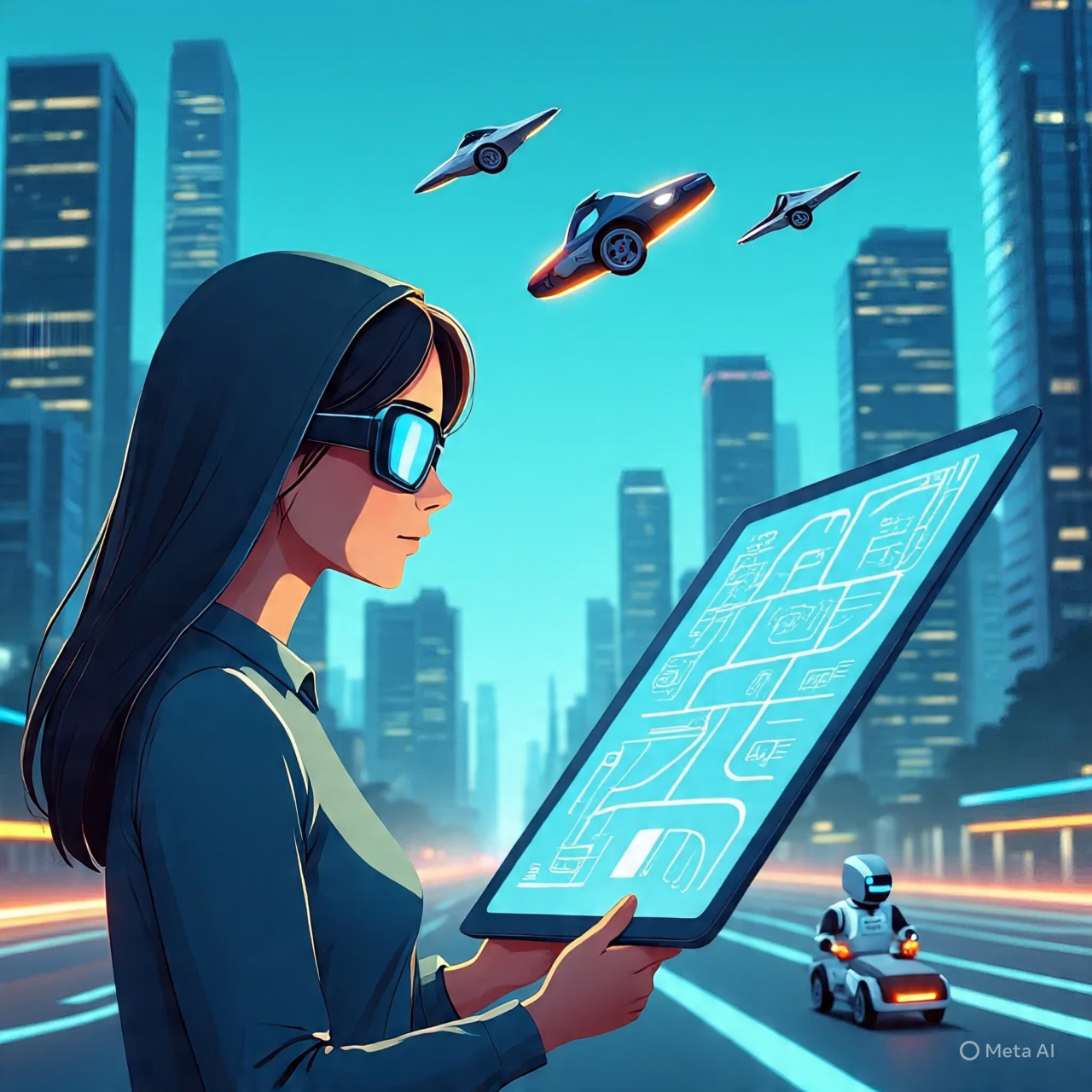Introduction: AI in 2025 Is No Longer Just Sci-Fi
Artificial Intelligence, or AI, has gone from buzzword to everyday reality in just a few short years. In 2025, we don’t just talk about AI—we live with it. Whether it’s in your pocket, your home, your car, or your office, AI is silently powering and enhancing your life every day. This article dives deep into how AI is transforming everyday life in 2025, complete with real-world examples, pros and cons, and insights into who can benefit most.
Background: From Narrow Tools to Ubiquitous Companions
Back in the early 2020s, AI systems were impressive, but mostly limited to specific tasks: recommending movies, powering chatbots, or transcribing speech. Fast forward to 2025, and AI has evolved into a versatile assistant, embedded in smart devices, wearables, vehicles, and entire business processes.
Thanks to advances in generative AI (like GPT-4 and GPT-Next), computer vision, and edge computing, AI systems are now more autonomous, context-aware, and personalized than ever before. AI is not just about making things faster—it’s about making life smarter.
How AI Is Changing Daily Life in 2025: Real-World Examples
1. Smart Homes Get Smarter
Your smart home doesn’t just respond to voice commands—it predicts your needs. AI-powered systems analyze your patterns and environmental data to adjust lighting, climate, and security. For example, if your calendar says you’re working late, your home will delay your heating cycle to save energy and notify you if it detects unusual activity.
2. Healthcare That’s Proactive, Not Reactive
Wearable AI devices like the Apple HealthBand 3 or Samsung BioPatch monitor vitals continuously, predicting potential issues before they become serious. AI-assisted diagnostics reduce the burden on doctors by helping flag anomalies in real-time. For instance, AI can now detect early signs of diabetes through skin temperature and heart rate analysis.
3. Personalized Education & Career Coaching
EdTech platforms now offer truly individualized learning paths. AI tutors analyze a student’s learning style, attention span, and emotional state to adapt lessons accordingly. Career guidance tools like “PathAI” recommend upskilling opportunities, matching you with emerging job roles and even arranging virtual internships.
4. AI in Transportation and Daily Commutes
Autonomous vehicles are no longer a pilot project—they’re a common sight in many cities. AI systems coordinate traffic, reduce congestion, and provide safe, personalized travel options. AI also powers predictive maintenance for public transport systems, preventing breakdowns before they occur.
5. Smarter Shopping and Recommendations
AI curates your shopping experience both online and in-store. You walk into a smart store, and based on facial recognition and purchase history, your favorite products are highlighted. Online, generative AI stylists and virtual fitting rooms ensure your purchases match your taste and size, reducing returns.
Comparison: Then vs. Now
| Aspect | AI in 2020 | AI in 2025 |
|---|---|---|
| Healthcare | Basic diagnostic tools, limited wearables | Real-time vitals monitoring, AI diagnosis, health predictions |
| Education | Standardized online platforms | Hyper-personalized AI tutoring and skill matching |
| Transportation | Early-stage autopilot | Fully autonomous fleets, AI-driven public transport |
| Smart Homes | Basic voice assistant controls | Predictive behavior, AI-powered energy savings |
Benefits of AI in Daily Life
- Efficiency: Automates repetitive tasks and saves time.
- Personalization: Tailors experiences in education, shopping, and health.
- Safety: Improves diagnostics, alerts in emergencies, enhances home security.
- Accessibility: Assists people with disabilities via voice, visual, or cognitive aids.
Challenges and Concerns
- Privacy: More data means more risk of misuse.
- Bias: Algorithms can still reflect or reinforce human bias.
- Dependency: Overreliance on AI might reduce human critical thinking or skills.
- Job Displacement: Automation could outpace workforce reskilling.
Use Cases: Who Can Benefit the Most?
1. Families
From scheduling chores to managing groceries and home security, AI takes care of the logistics of family life.
2. Professionals & Remote Workers
AI assists in scheduling, research, summarization, and even client communication through voice and text assistants.
3. Seniors
AI caregivers, fall detectors, and health trackers enable independent living while ensuring safety.
4. Students
AI adapts lessons to students’ learning pace and style, making education more inclusive and effective.
5. Entrepreneurs
From AI-powered marketing to logistics automation, small businesses now operate with the efficiency of larger enterprises.
Frequently Asked Questions
What are the best AI tools for everyday use in 2025?
Top tools include Amazon Alexa 5.0, Google LifeHub, Apple HealthBand 3, and ChatGPT for productivity.
Is AI safe to use in home and health applications?
Yes, provided you use certified and regulated AI tools. Always review privacy settings and data-sharing policies.
How is AI affecting jobs in 2025?
AI has automated many routine jobs but also created new roles in AI management, ethics, and prompt engineering.
Can AI really understand human emotions now?
AI can detect and respond to emotional cues through tone, facial expressions, and behavioral data—but it’s not perfect.
How much does AI integration cost for an average home?
Initial setup can range from $500 to $5,000, depending on the number of devices and features.
Conclusion: The AI-Powered Lifestyle Is Here
The future once depicted in sci-fi movies is now our everyday reality. AI has matured from novelty to necessity, seamlessly enhancing how we live, work, and connect. From improved healthcare and smarter homes to enhanced learning and safer cities, the impact is undeniable.
Final Verdict: Embrace AI, But Stay Informed
AI in 2025 isn’t about robots replacing humans—it’s about collaboration. As long as we remain conscious of ethical implications and data privacy, embracing AI can significantly elevate quality of life. The key is to stay informed, choose tools wisely, and never stop learning.

